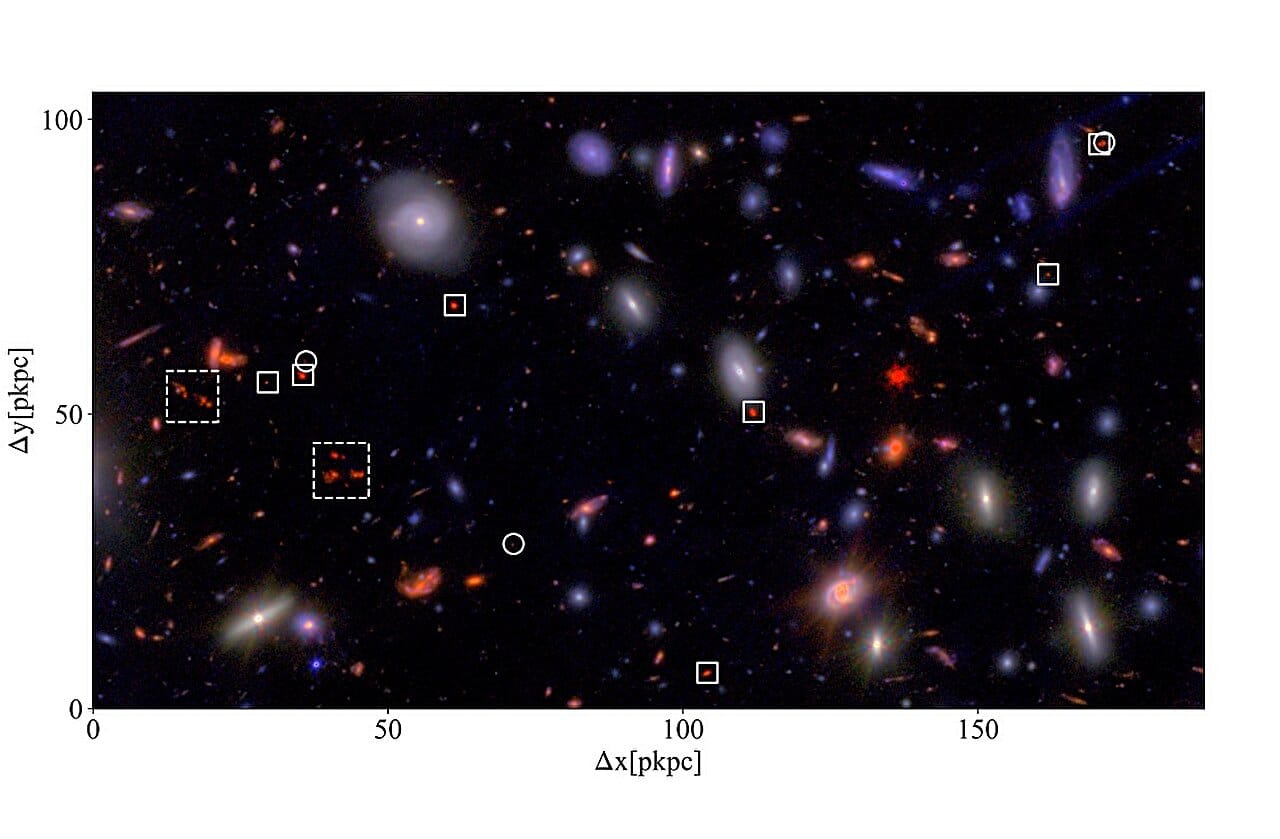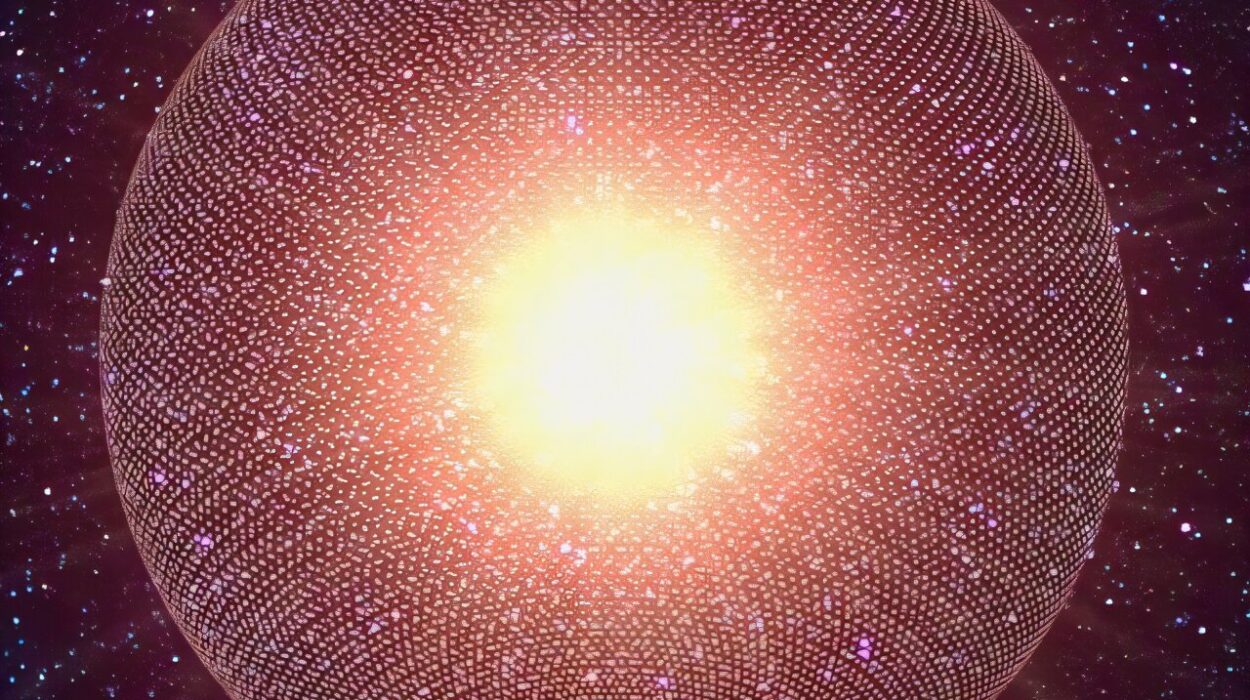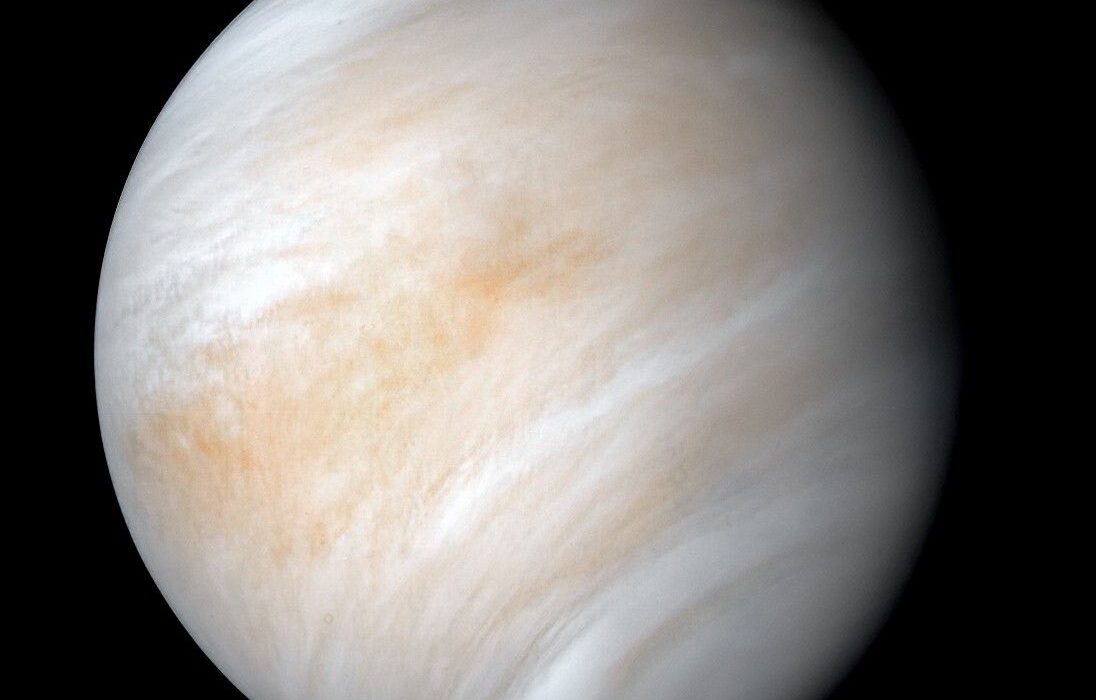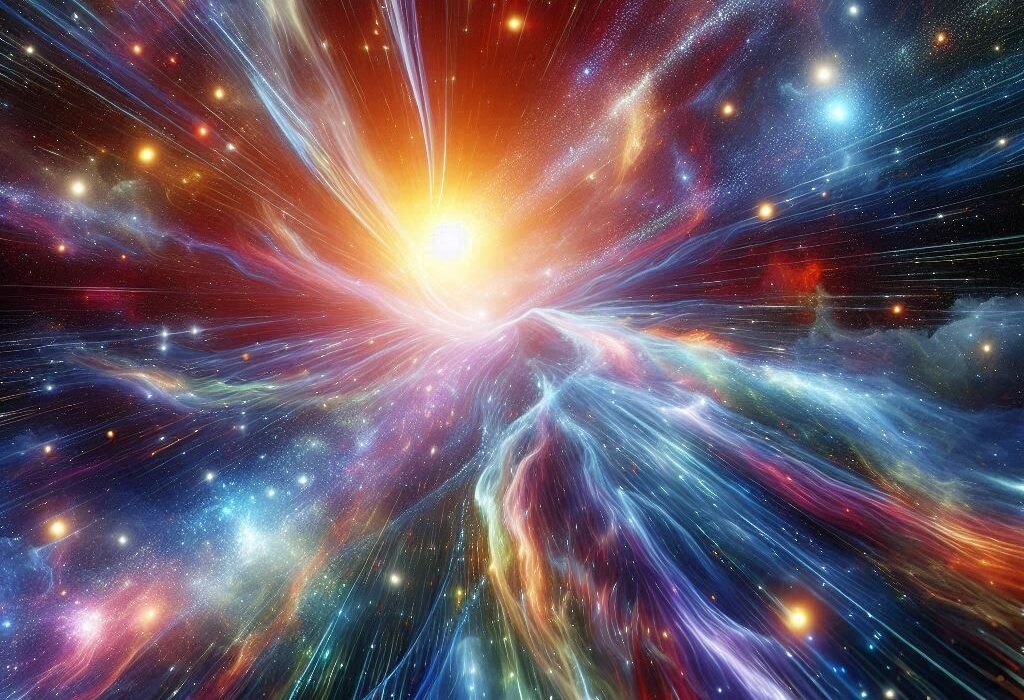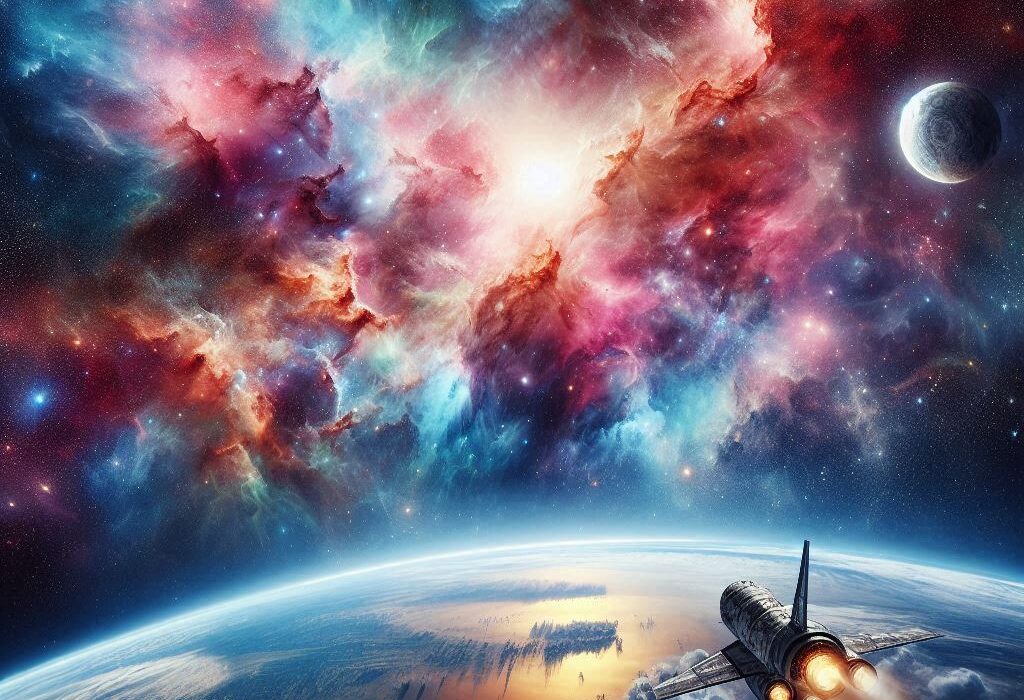In the vast silence of space, the James Webb Space Telescope peers deep into the cosmos—not merely to take snapshots of distant galaxies, but to unlock secrets buried in time. With every observation, the telescope becomes a time machine, pulling back the curtain on what the universe looked like billions of years ago. Recently, one of those looks turned out to be far more revealing than anyone expected.
In a newly published study, an international team of astronomers used JWST’s extraordinary sensitivity and resolution to examine a distant and ancient assembly of galaxies known as A2744-z7p9OD, or A2744-PC for short. What they found is rewriting expectations about how early galaxies and clusters evolve. Nestled in a time period just 650 million years after the Big Bang—a blink in cosmic history—this protocluster isn’t a chaotic cloud of infant galaxies as once assumed. Instead, it holds a remarkably evolved and organized core, hinting that cosmic cities may have risen earlier than we believed.
The Birthplaces of Giants
Galaxy clusters are the universe’s megacities—vast metropolises where hundreds or even thousands of galaxies are bound together by gravity, orbiting in a shared dance that spans millions of light-years. They are the most massive gravitationally bound objects known, and their existence tells a story of structure, time, and transformation in the cosmos.
But these clusters didn’t appear fully formed. Like cities that began as villages, galaxy clusters have their origins in protoclusters—loose associations of galaxies still coming together in the early universe. These protoclusters are extraordinarily difficult to observe, not just because of their distance, but because they exist at a time when the universe was still young and chaotic. Their light has traveled for over 13 billion years to reach us, stretching into infrared wavelengths invisible to the human eye. That’s where the JWST, with its Near-Infrared Camera (NIRCam), becomes indispensable.
The newly investigated protocluster A2744-PC exists at a redshift of 7.88, placing it among the earliest and most distant known structures of its kind. To find such a mature galactic environment at this redshift is like discovering a modern skyscraper hidden in the ruins of an ancient village—it shouldn’t be there, and yet, there it stands.
A Deeper Look into the Darkness
Led by Callum Witten from the University of Geneva, the team took advantage of JWST’s imaging capabilities in a gravitational lensing field called Abell 2744. This lensing, caused by a massive foreground galaxy cluster, bends and magnifies light from the more distant A2744-PC, giving astronomers a clearer view of these faint and remote galaxies than would otherwise be possible.
Using these magnified observations, the researchers identified seven new galaxies within the protocluster, expanding the known population to twenty-three. But numbers were only the beginning of the story. By studying the intrinsic spectral signatures of these galaxies—essentially the light fingerprints that reveal their ages, compositions, and star-forming behaviors—the scientists began to uncover something unexpected.
The galaxies at the center of A2744-PC weren’t young, unruly collections of gas and dust. They were mature, massive, and dusty, with signs of declining star formation. Their spectral properties showed strong Balmer breaks—a feature that suggests a population of older stars has already formed and evolved—and their ultraviolet (UV) slopes were shallower than those typically seen in galaxies of this era. These are indicators of evolution, not youth.
An Uneven Playground
As the researchers looked beyond the protocluster’s core, a contrasting picture emerged. On the outskirts, galaxies were still undergoing active star formation, bursting with energy and new stellar life. These peripheral galaxies were younger, more chaotic, and bluer in color—hallmarks of galaxies in the early stages of development.
This split between a mature core and youthful surroundings suggests that A2744-PC is not a uniform gathering of primordial matter. It’s a system already developing layers of complexity—a central hub of older, quenched galaxies surrounded by an active halo of formation. This structure is more typical of galaxy clusters billions of years later in cosmic history, not at such an early epoch.
Breaking the Rules of Cosmic Evolution
Until now, most simulations have predicted that protoclusters at such high redshifts (near z = 8) should be mostly chaotic and disorganized, with galaxies still assembling and evolving. Instead, A2744-PC displays traits—like a quenched core and declining star formation—that are usually not expected until redshifts lower than 5, corresponding to more than a billion years later in cosmic time.
This means that A2744-PC has developed faster than anticipated, and its core resembles a small version of the dense galactic environments we see in the nearby universe today. Such early maturity challenges existing theories about how quickly structure forms in the cosmos. It also suggests that gravitational interactions, gas flows, and environmental effects were already shaping galaxies in powerful ways just a few hundred million years after the Big Bang.
In the words of the research team, this early emergence of complex structure shows that the processes of quenching and core formation—traditionally linked to mature galaxy clusters—may be occurring much earlier than cosmological models currently predict.
Rewriting the Timeline of the Universe
So what does all this mean for our understanding of the cosmos?
It means we may need to revisit how we think about the timeline of galaxy evolution. If protoclusters like A2744-PC are already displaying the fingerprints of maturity so early, then the engines of galaxy assembly—gravity, star formation, dust enrichment, and energy feedback—must have kicked into gear faster and more efficiently than expected.
It also emphasizes the role of environment in shaping galaxy behavior. Galaxies don’t evolve in isolation. Their growth is influenced by their neighbors, their gravitational setting, and the flow of gas and energy through their environment. In A2744-PC, we see this dance in action: some galaxies burn bright on the outskirts, while others fade in the crowded core. It’s a cosmic microcosm of diversity—birth and burnout, energy and entropy, side by side.
Looking Deeper with Webb
The James Webb Space Telescope is not just a marvel of engineering—it’s a philosophical instrument. With every photon it collects, it forces us to rethink what we know about our origins.
By capturing the faint light from A2744-PC, JWST has given humanity a window into a time when the universe was still in its infancy—but already building complexity. A protocluster with a mature core so early on suggests that the seeds of structure were planted quickly and grew under conditions far more dynamic than we imagined.
And this is likely just the beginning.
A2744-PC will not be the last surprise. As JWST continues its mission, more protoclusters will be found, more ancient light decoded, and more assumptions challenged. Each discovery brings us closer to understanding not just when galaxies formed, but how they became what they are today—and, by extension, how we came to be.
Because in the end, the story of the universe is also our story. And every time we look deeper into space, we are looking deeper into ourselves.
Reference: Callum Witten et al, Before its time: a remarkably evolved protocluster core at z=7.88, arXiv (2025). DOI: 10.48550/arxiv.2507.06284
